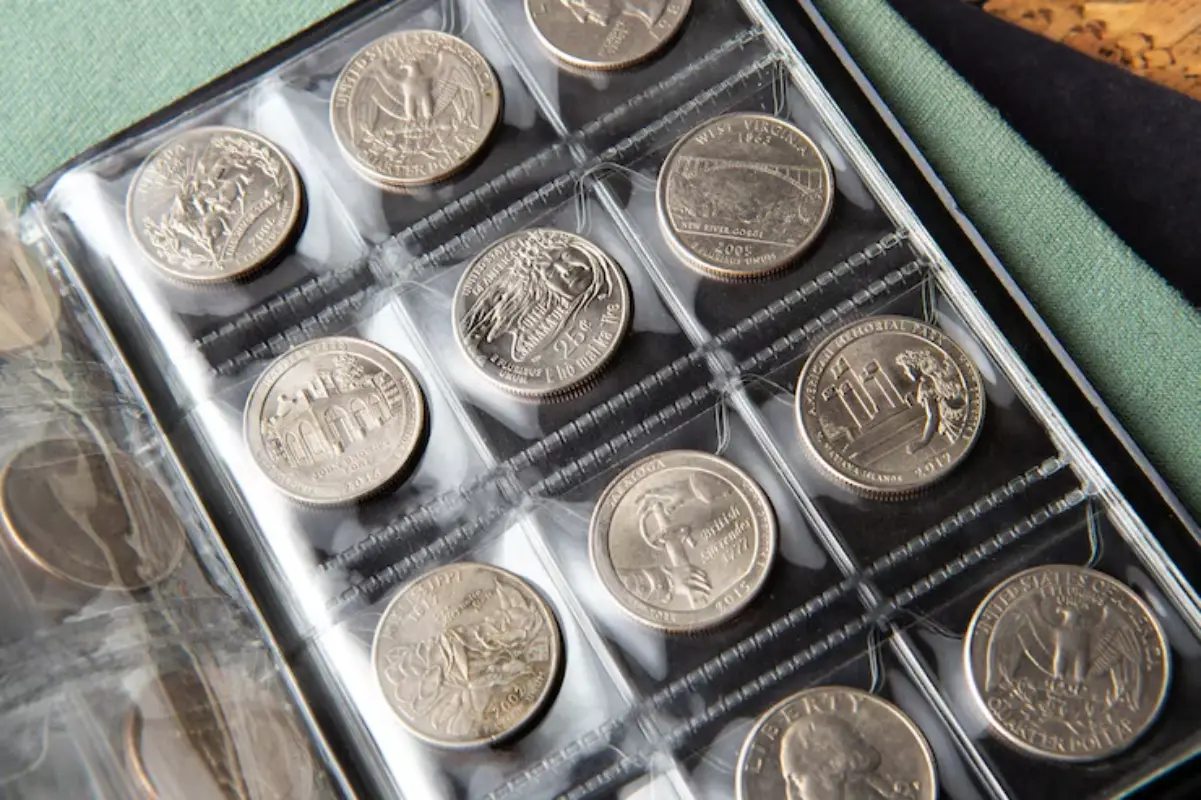How to Keep Your Challenge Coins From Tarnishing or Fading
Challenge coins are treasures linked to personal milestones, honors, or shared experiences. Over time, though, improper care can cause them to tarnish, fade, or lose their luster. Preserving a collection’s beauty is easier than you might think—with the proper knowledge and routine, anyone can safeguard these valuable mementos for generations. This guide outlines practical methods, expert tips, and easy-to-follow maintenance routines for keeping your challenge coins looking their best year after year.
Contents
Why Coin Care Matters
Challenge coins are more than just pieces of metal—they’re their honor, tradition, and personal achievement. Whether awarded for military service, special events, or as memorable gifts, the lasting beauty of a coin strengthens its meaning. Coins exposed to humidity, handled with bare hands, or stored in direct sunlight are at a higher risk of corrosion or color loss. Caring for these mementos preserves their physical characteristics and the memories and stories connected to them.
Long-term neglect may lead to irreversible damage—something no proud collector or recipient wants to face. Proper storage and handling are key to learn more about preserving your challenge coins. Consider airtight capsules or display cases that block UV light to protect your valuable collection. Regularly cleaning them with a soft, dry cloth can prevent tarnishing and keep them looking their best.
Common Causes of Tarnishing and Fading
Many factors can cause challenge coins to tarnish or fade. The most common culprit is moisture in the air, which reacts with the coin’s metal face, leading to discoloration or oxidation. Skin oils, dirt, and acids transferred by frequent touching can also break down protective finishes.
Sunlight exposure is another threat, especially for coins with colored enamel, as ultraviolet rays can degrade pigments over time. Environmental pollutants, dust, and improper cleaning techniques may accelerate wear, leading to dullness and loss of lustrous shine. For these reasons, understanding the environment in which coins are stored and how they’re handled is the first step in practical coin preservation.
Best Practices for Handling Coins
Whenever you handle a challenge coin, you risk transferring sweat, oil, or debris onto its surface. The safest way to protect coins is to hold them as little as possible. Use cotton or nitrile gloves to minimize direct contact when handling is necessary—grip coins by the edges rather than the faces to reduce the chance of smudging or leaving fingerprints.
After display or inspection, return coins to their storage containers promptly. Regularly wash hands before handling, and never clean coins with abrasive tissues or towels—instead, use a soft, lint-free microfiber cloth designed for delicate surfaces. Being mindful of how you handle your collection is the simplest method of ensuring long-lasting brilliance.
Safe Storage Options for Challenge Coins
Choosing the proper storage for your challenge coins is essential for preventing tarnishing, fading, and mechanical damage. The best storage options offer physical protection and shelter from environmental hazards. Standard coin storage solutions include:
- Coin Capsules: These clear, rugged plastic enclosures protect coins from dust, humidity, and handling.
- Presentation Boxes: Velvet-lined or foam-insert boxes are ideal for displaying a few prized coins while offering cushioning and protection.
- Albums and Folders: Specially-designed inserts hold coins securely, preventing sliding or rubbing.
- Desiccant Packs: Small silica gel packets can help absorb excess moisture.
Store coins in a cool, dry place—preferably away from direct sunlight, heat sources, and fluctuating temperatures. Avoid attics, basements, or garages prone to moisture and temperature swings. A home safe or dedicated coin cabinet offers security and environmental control for larger collections. Harsher materials like PVC plastic should be avoided as they release chemicals that accelerate tarnish and discoloration over time.
Developing a Regular Cleaning Routine
Routine cleaning is vital for keeping your challenge coins looking their best, but it should always be gentle. Begin by dusting with a clean, dry microfiber cloth. For minor grime or spots, rinse gently with distilled water and lightly pat dry—never rub. If necessary, use a mild, non-abrasive soap, but avoid soaking for prolonged periods or using tap water, which may contain minerals that can leave spots or cause reactions.
A soft brush (like a new, natural-bristle paintbrush) can help remove stubborn dust from coins with intricate details or recesses. Do not use chemical dips, polishes, or abrasive pads, as these can strip away protective coatings and permanently mar the coin’s surface. Limit cleaning to only when needed. Over-cleaning, unnecessary scrubbing, or harsh agents remain the easiest ways to damage the finish and value.
What to Avoid: Common Mistakes
Even well-intentioned collectors sometimes make mistakes that unintentionally harm their coins. Some pitfalls to avoid include:
- Using acidic or harsh chemical cleaners can corrode or pit metals and damage enamel fillings.
- Polishing coins with rough fabrics or paper towels results in scratches and lost details.
- Leaving coins in open trays or exposed on desks exposes them to dust, moisture, and UV light.
- Storing coins in PVC-containing plastics emits gases that are harmful to metal and finishes.
- Attempting to “restore” ins by” removing patina or aged toning—these features sometimes enhance character and value.
When in doubt, it’s best to err on the side of caution and minimal intervention. Simple care and conservative storage practices are generally more beneficial than aggressive cleaning efforts.
When to Seek Professional Cleaning or Restoration
Sometimes, a challenge coin might become severely tarnished, sticky, or damaged. In such cases, professional restoration services can help. Experts possess specialized tools and experience working with metals, finishes, and colored enamels. If your coin is rare, valuable, or holds significant sentimental importance, don’t risk it—trusted professionals can restore coins while minimizing long-term harm.
These services may include ultrasonic cleaning, re-plating, or careful touch-up of color and finish. However, consult a reputable restorer familiar with modern and commemorative coins rather than solely antique numismatics.
Preserving Both Value and Sentiment
A challenge coin’s true worth is often as sentimental as monetary. Proper coin care honors both, allowing these stories and milestones to be shared with future generations. A well-maintained coin collection reflects pie, i.e., service or achievement, and can be a meaningful legacy. Whether you display coins for guests, gift them for important milestones, or keep them as cherished keepsakes, adopting these habits ensures your collection’s beauty, value, and stories endure the test of time.
Creating a system and adhering to simple guidelines is the best investment you can make in your challenge coin collection. A mindful routine of gentle cleaning, careful handling, and vigilant storage pays dividends for years to come. With these tips in mind, anyone can enjoy the enduring brilliance of their challenge coins, celebrating their stories now and long into the future.

